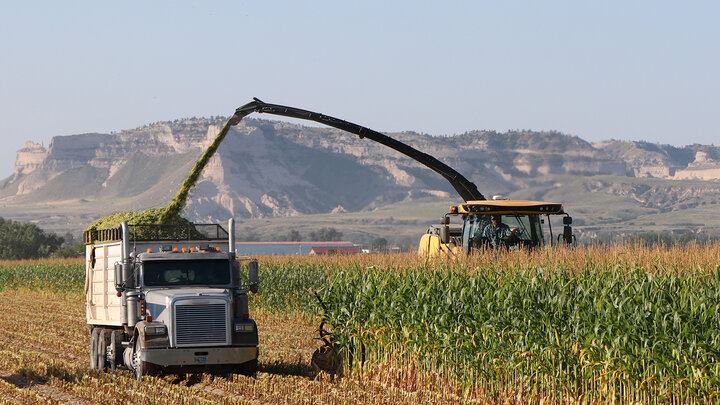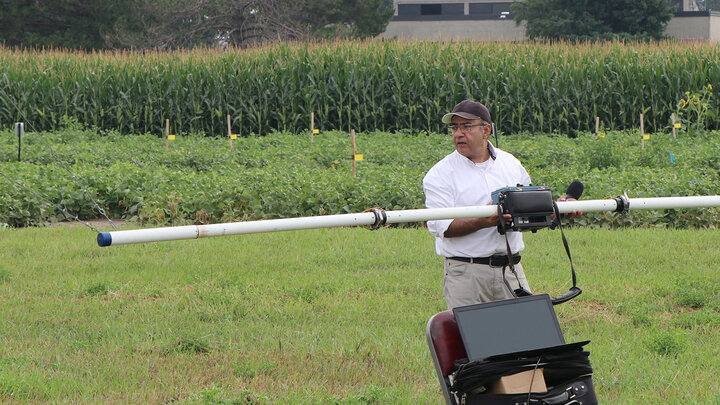Are your kids getting enough physical activity? Are you, as an adult or older adult, getting enough? Movement isn’t just about exercise; it’s a way for children to learn, grow, and connect with their families. For adults, it’s also about reducing stress, improving mental health, enhancing mobility, and lowering the risk of chronic disease. Whether it’s hopping through the living room, playing catch outside, dancing to a favorite song, enjoying an evening walk, or tackling a 5K, every moment of activity matters.
According to the Physical Activity Guidelines for Americans, children ages 6 to 17 should engage in at least 60 minutes of physical activity daily. Most of that time should be spent in moderate-intensity activity that gets the heart pumping faster. At least three days a week, kids should also include vigorous-intensity activity, along with muscle-strengthening and bone-strengthening exercises. These don’t have to be complicated—muscle strengthening can be climbing monkey bars, while bone strengthening might be as simple as jumping rope.
Tips to Encourage Family Movement
- Try out fun movements together like stomping, skipping, crab-walking, or leaping. Turn them into a playful race. Older youth may prefer playing catch, shooting hoops, or going for a walk.
- Arrange active play dates with friends to promote both movement and social interaction.
- Reward active chores such as vacuuming, raking leaves, or walking the dog.
- Enroll children in activity-based classes like sports, dance, gymnastics, or martial arts.
For children under the age of 6, aim for approximately 3 hours of active play per day and limit sedentary screen time. Narrating their movements helps strengthen brain-body connections—for example, saying: “Your feet are gliding so quickly across the floor!” Singing movement songs like “Head, Shoulders, Knees and Toes” creates a playful environment that supports early learning.
Regardless of age, caregiver participation is key. Parents, grandparents, and older siblings can all transform everyday moments into movement-filled memories.
Physical Activity for Adults and Older Adults
It’s not just kids who need movement. Adults should aim for 150 minutes of moderate-intensity aerobic activity per week (or 75 minutes of vigorous activity). Additionally, adults benefit from engaging in at least two days of muscle-strengthening exercises. Starting small and building consistency helps make physical activity a sustainable lifestyle habit.
Older adults benefit tremendously from regular physical activity, which supports balance, cognition, bone strength, and independence. Staying active reduces the risk of falls, injuries, and chronic conditions such as type 2 diabetes, cardiovascular disease, osteoporosis, and some cancers. When incorporating movement into your daily routine, always listen to how your body feels. Gradually increase movement to build your stamina and strength, rather than jumping into an activity without a gradual build-up, to minimize the risk of injury or strain. Consult with your physician if you are concerned about starting a new exercise routine with existing health conditions.
Benefits of Physical Activity Across All Ages
- For kids: better sleep, improved mood, and even better academic performance.
- For adults: Improved mental health, stress relief, and reduced risk of chronic disease.
- For older adults: Preserved mobility, reduced fall risk, and stronger bones and muscles.
With 74 percent of U.S. adults living with overweight or obesity, making physical activity a family priority can help reduce the risk of chronic diseases and improve overall quality of life.
So, hop, skip, wiggle, and play—because active time is quality time for every generation.
Sources: Nebraska Extension food.unl.edu, Office of Disease Prevention and Health Promotion (Move Your Way), Dietary Guidelines for Americans 2020–2025, Physical Activity Guidelines for Americans.




